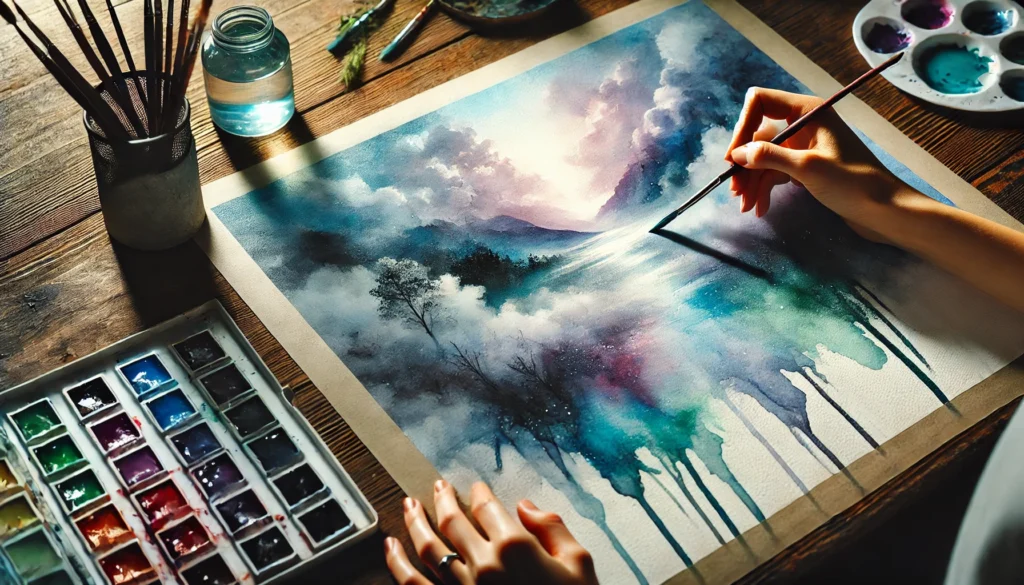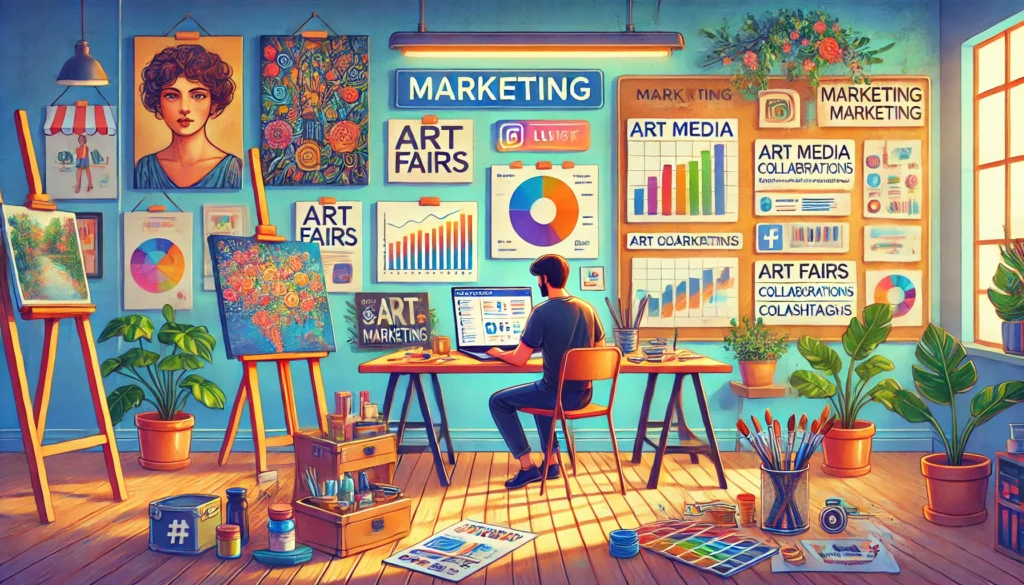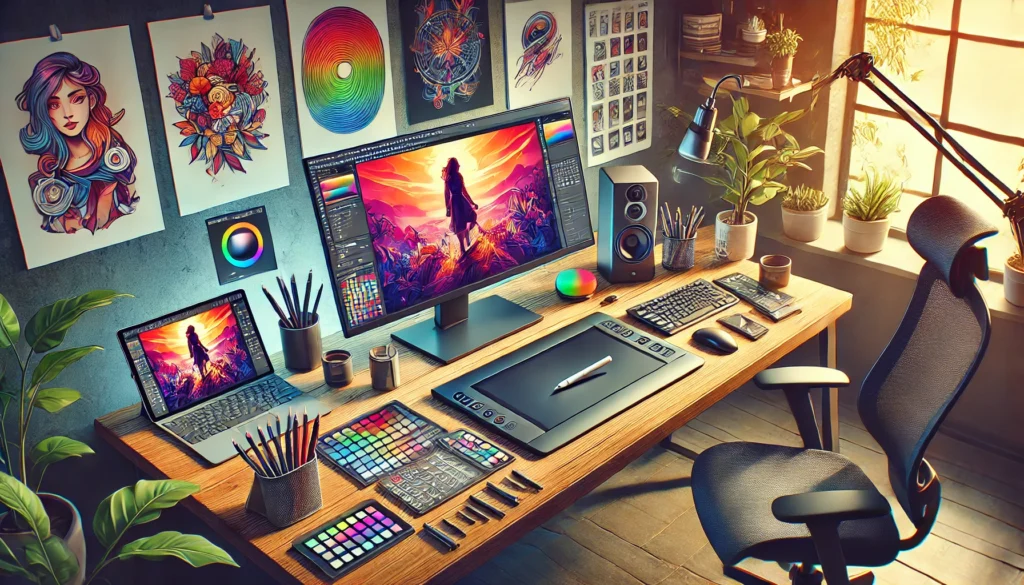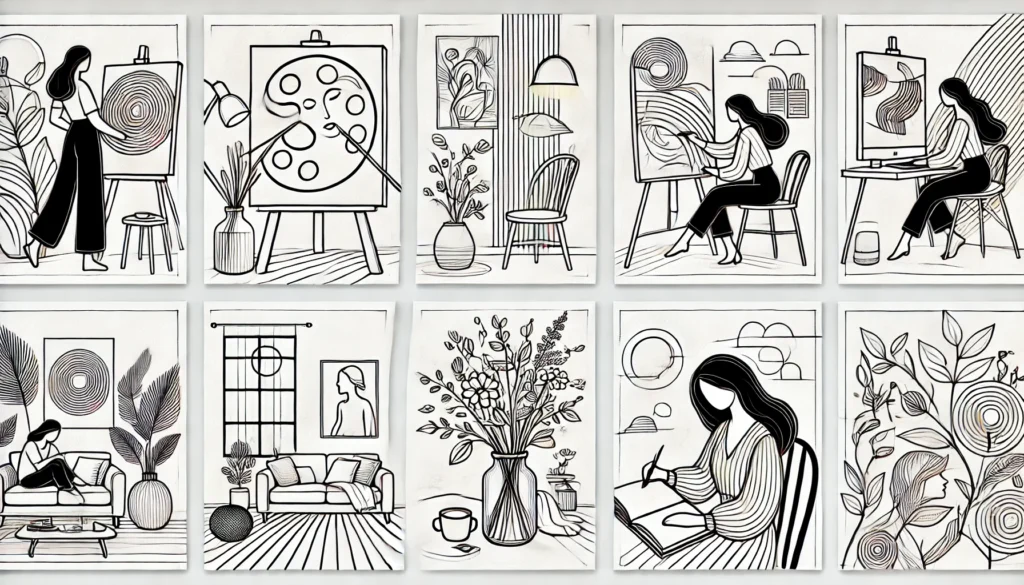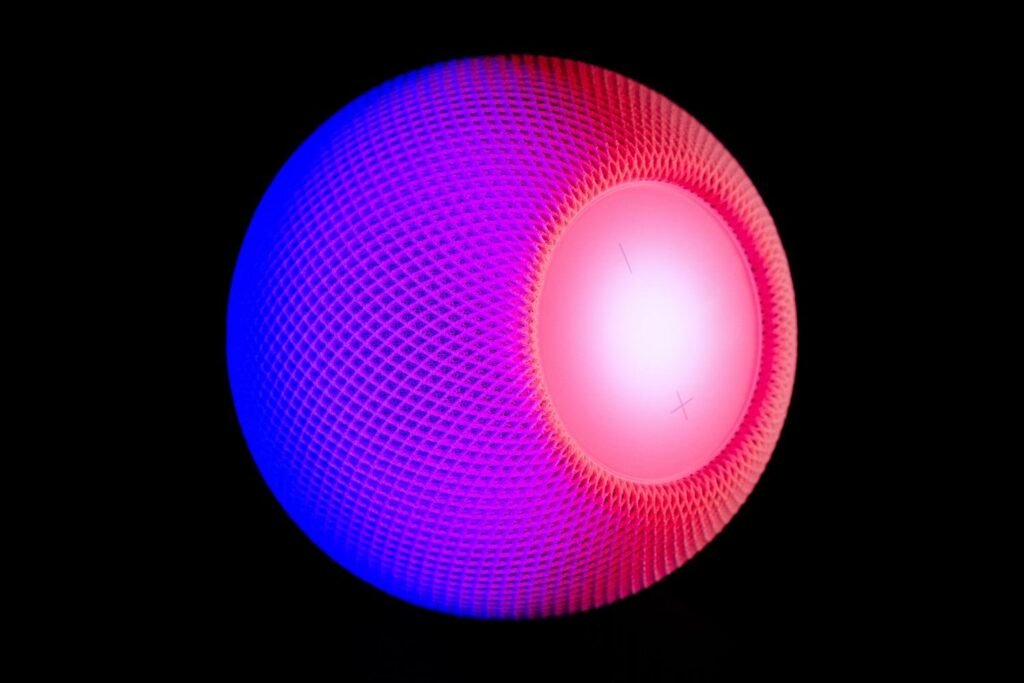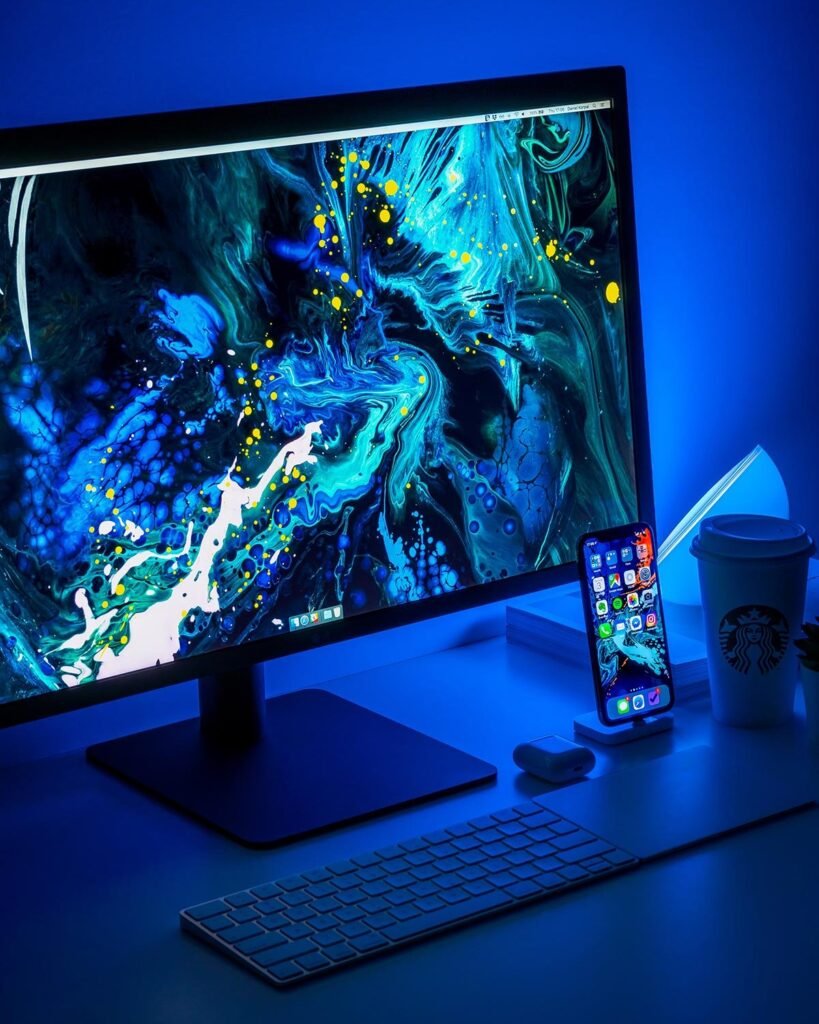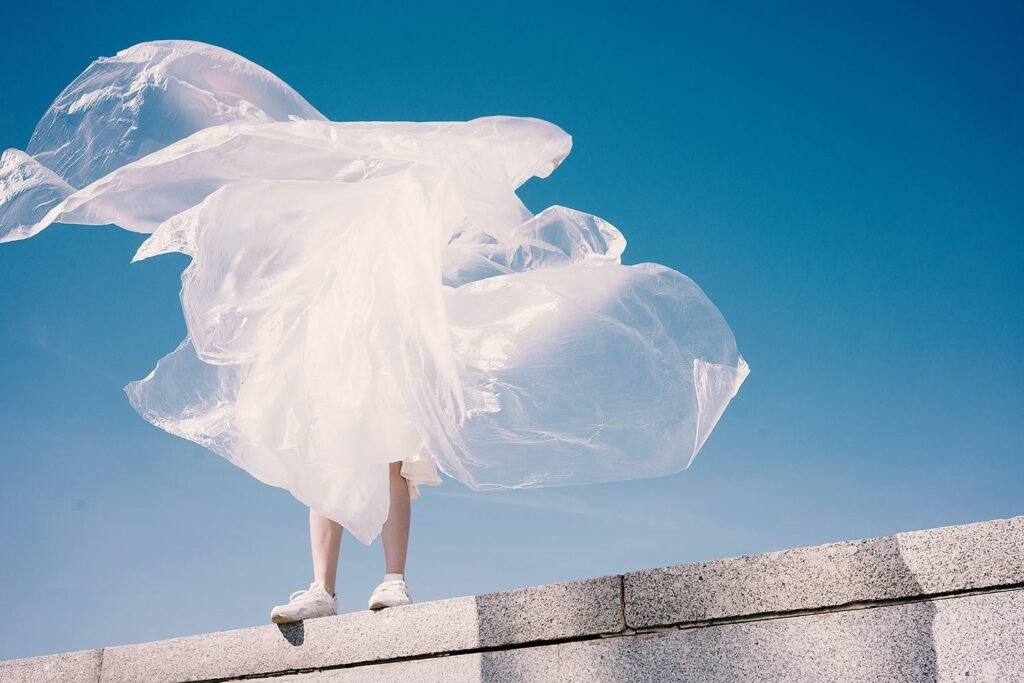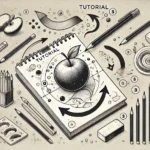Painting Fundamentals for Beginners

Introduction:
Painting is an expressive art form that allows you to bring your imagination to life. This tutorial will guide you through essential techniques, materials, and exercises to develop a strong foundation in painting.
Materials Needed
- Paints:
- Watercolor: Transparent and fluid.
- Acrylic: Versatile and quick-drying.
- Oil: Rich and slow-drying.
- Brushes: Flat, round, fan, and detail brushes of varying sizes.
- Palette: For mixing colors (plastic, wood, or glass).
- Canvas/Paper: Choose based on your paint type.
- Other Essentials: Water container, palette knife, rags, and masking tape.
Step 1: Understanding Color Theory
- Primary Colors: Red, blue, and yellow—cannot be created by mixing other colors.
- Secondary Colors: Green, orange, and purple—formed by mixing primary colors.
- Tertiary Colors: Created by mixing a primary with a secondary color.
- Warm vs. Cool Colors: Warm colors (red, orange, yellow) evoke energy, while cool colors (blue, green, purple) are calming.
Exercise: Create a color wheel to practice mixing colors.
Step 2: Brush Techniques
- Flat Wash: Evenly spread paint over an area (ideal for backgrounds).
- Dry Brush: Use minimal paint for textured strokes.
- Blending: Smooth transitions between colors while wet.
- Dabbing: Create texture by dabbing with a sponge or brush.
- Stippling: Use dots to build texture and depth.
Exercise: Experiment with different brushes and techniques on a practice sheet.
Step 3: Types of Paint and Techniques
- Watercolor:
- Wet-on-Wet: Apply wet paint on a wet surface for soft blends.
- Wet-on-Dry: Apply wet paint on dry paper for sharper edges.
- Layering: Build depth by adding layers once the previous layer dries.
- Acrylic:
- Layering: Opaque layers for vibrant effects.
- Impasto: Apply thick paint with a palette knife for texture.
- Glazing: Thin layers of transparent paint for luminosity.
- Oil:
- Blending: Smooth gradients due to slow drying.
- Alla Prima: “Wet-on-Wet” for quick compositions.
- Underpainting: Start with a monochrome layer for structure.
Exercise: Paint a gradient using each medium to understand their properties.
Step 4: Light and Shadow
- Identify your light source to establish highlights and shadows.
- Use contrast to create depth and realism.
- Experiment with tonal values to enhance the illusion of light.
Exercise: Paint a sphere or cube focusing on highlights, mid-tones, and shadows.
Step 5: Composition Basics
- Rule of Thirds: Divide the canvas into thirds to create focal points.
- Balance: Distribute elements evenly for harmony.
- Leading Lines: Use lines to guide the viewer’s eye.
Exercise: Sketch simple landscapes or still-life arrangements before painting.
Step 6: Practice Projects
- Simple Landscapes: Focus on gradients for skies and textures for foliage.
- Abstract Art: Play with colors, shapes, and textures to express emotion.
- Still Life: Paint everyday objects to practice form and light.
Exercise: Complete one painting per week, gradually increasing complexity.
Step 7: Cleaning and Maintenance
- Clean brushes immediately after use to avoid damage.
- Use appropriate cleaning agents: water for water-based paints and turpentine for oils.
- Store brushes upright with bristles facing upward.
Step 8: Experiment and Find Your Style
- Try different surfaces: wood, fabric, or glass.
- Combine mediums (e.g., watercolor and ink).
- Explore artistic styles like realism, impressionism, or abstract.
Conclusion:
Painting fundamentals open the door to endless creative possibilities. Focus on mastering techniques, experimenting with styles, and practicing consistently to develop your unique artistic voice.
Would you like project ideas, step-by-step visuals, or tips for specific painting styles?




















